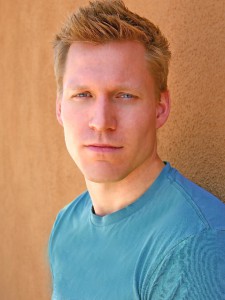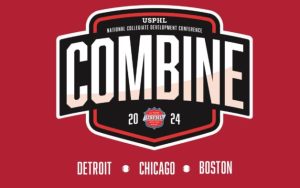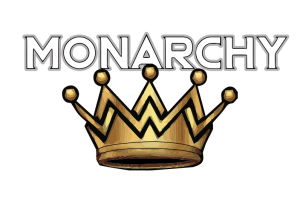Chalk Talk: How you handle competition can define you as a person
 Hey aspiring hockey professional!
Hey aspiring hockey professional!
I want you to pretend you have a microphone in your face and a reporter has just asked who you are as hockey player.
Now, answer the question and be very specific.
My mentor, Par Marts, asked me and my teammates that question in 1994 just as my professional career began and I had no clue how to answer. It showed me I was lost as a player. We were all good at that time and we worked our butts off, but we relied on our talent and coaches alone. We were in the herd and we were followers.
Although they called us professionals, I realized very few had professional attitudes and a change was imminent in my career. Being professional does not start when you sign on the dotted line – it starts when you decide you “want to make it.” Once you say that, you need to live up to it – to your parents, coaches, and yourself.
You need to own it.
You should know who you are, who you want to become. If you emulate a player, you should strive to surpass him or her, turning your dreams into goals. Being a hockey player is a lifestyle and compromises every decision you make. The core of it all is being competitive and being competitive at everything. How you prioritize responsibilities, study, manage time, sleep, prepare, train and who you surround yourself with all reflects on your competitive level.
You are not special, but you do special things that make you special.
So what is competition? Competition can be broken down into three categories: 1) individual, 2) peer-to-peer and 3) team-to-team.
Individual is setting goals for yourself and achieving them and repeating. You are now kicking your own butt. Peer-to-peer is comparing your individual results and training habits with your buddies and trying to beat them. Now, you are kicking their butt and are in pursuit of being the best. Lastly, you come together as a team and try to beat other teams. Focusing on the team first and letting team results define your development will not lead to individual improvement, but the other way around will certainly lead to teams improving and potentially winning.
Thus, winning as a team does not make you win as an individual, but winning as an individual and against peers will significantly increase the chance of your team winning.
There is no “I” in team – this has its place explaining selfish behavior in a team setting, but not in development. In development, it is all about the “I” and your improvement as a player is the main thing that will make the team improve and the only thing in your complete control. Scouts look at talent (your potential) first and competition (your ability to reach your potential) second. You need to take control of your development, make it transparent and tangible immediately. It will have great side effects, such as heightened self-esteem and consistency in your game. Losing individually, peer-to-peer or team-to-team will uncover the next challenge and you will be on a path instead of at the circus.
In fact, losing is highly motivating to you and part of why you will become really good. The only adversary to you is not trying.
Why did you develop this year? If the answer revolves around team results, you are at the circus again and not on the path. If your answer is clear, concise and focuses on the 60-30-10 rule, then you are on the path. Sixty percent should focus on your individual improvement and be very specific and tangible, 30 percent should compare your outperformance of peers as it explains whether your goals are set correctly (in the end, only the best will make it) and 10 percent can focus on team trophies and tournaments around the world, not the other way around.
So, again, who are you?
Peter Torsson is the hockey director with the California Golden Bears.







